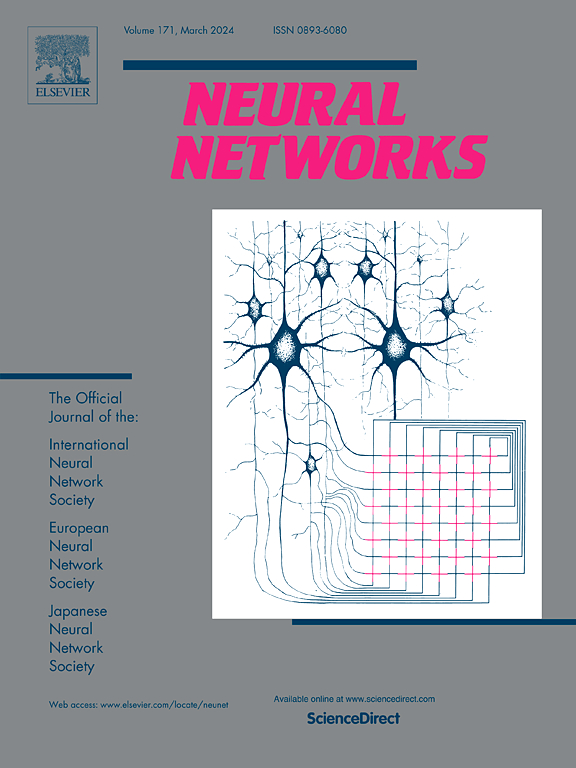神经结构搜索和超参数优化:一种基于最大流量的方法
IF 6
1区 计算机科学
Q1 COMPUTER SCIENCE, ARTIFICIAL INTELLIGENCE
引用次数: 0
摘要
自动化机器学习(AutoML)涉及在给定数据集上为特定任务自动生成模型,可分为两个方面:用于模型构建的神经结构搜索(NAS)和用于模型训练的超参数优化(HPO)。AutoML策略中最重要的组件之一是搜索算法,其目的是根据历史观察推荐有效的配置。在这项工作中,我们提出了一种新的基于最大流的AutoML搜索算法,通过将NAS和HPO表示为图上的最大流问题,从而推导出两个新的AutoML策略,称为MF-NAS和MF-HPO,它们以图形方式处理搜索空间和搜索策略。具体来说,MF-NAS通过组合不同的操作(如跳过连接、卷积和池化)来诱导具有容量的并行边,而MF-HPO允许将并行边视为组合搜索空间内的间隔。在搜索过程中交替更新学习到的平行边的权值和容量。为了提高MF-NAS和MF-HPO的效率,我们分别实现了NAS的半同步搜索模式和HPO的预热方案。我们进行了大量的实验来评估我们提出的MF-NAS和MF-HPO在不同数据集和搜索空间中的竞争功效和效率。本文章由计算机程序翻译,如有差异,请以英文原文为准。

On neural architecture search and hyperparameter optimization: A max-flow based approach
Automated Machine Learning (AutoML) involves the automatic production of models for specific tasks on given datasets, which can be divided into two aspects: Neural Architecture Search (NAS) for model construction and Hyperparameter Optimization (HPO) for model training. One of the most important components in an AutoML strategy is the search algorithm, which aims to recommend effective configurations according to historical observations. In this work, we propose a novel max-flow based search algorithm for AutoML by representing NAS and HPO as a Max-Flow problem on a graph and thus derive a couple of novel AutoML strategies, dubbed MF-NAS and MF-HPO, which handle the search space and the search strategy graphically. To be specific, MF-NAS induces parallel edges with capacities by combining different operations such as skip connections, convolutions, and pooling, whereas MF-HPO allows parallel edges to be regarded as intervals within the combined search spaces. The learned weights and capacities of the parallel edges are alternately updated during the search process. To make MF-NAS and MF-HPO more efficient, we implement a semi-synchronous search mode for NAS and a warmup scheme for HPO, respectively. We conduct extensive experiments to evaluate the competitive efficacy and efficiency of our proposed MF-NAS and MF-HPO across different datasets and search spaces.
求助全文
通过发布文献求助,成功后即可免费获取论文全文。
去求助
来源期刊

Neural Networks
工程技术-计算机:人工智能
CiteScore
13.90
自引率
7.70%
发文量
425
审稿时长
67 days
期刊介绍:
Neural Networks is a platform that aims to foster an international community of scholars and practitioners interested in neural networks, deep learning, and other approaches to artificial intelligence and machine learning. Our journal invites submissions covering various aspects of neural networks research, from computational neuroscience and cognitive modeling to mathematical analyses and engineering applications. By providing a forum for interdisciplinary discussions between biology and technology, we aim to encourage the development of biologically-inspired artificial intelligence.
 求助内容:
求助内容: 应助结果提醒方式:
应助结果提醒方式:


